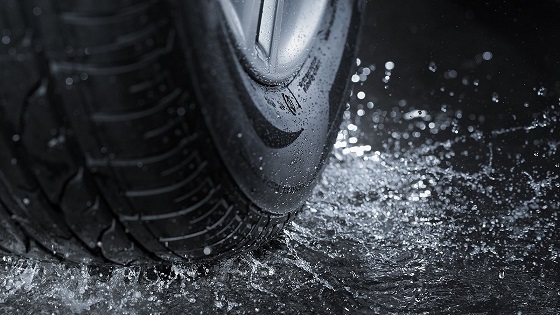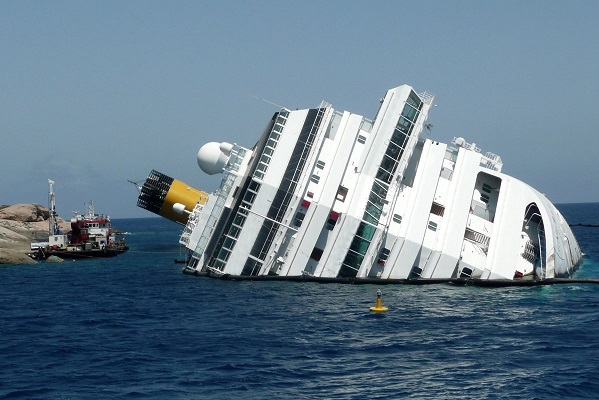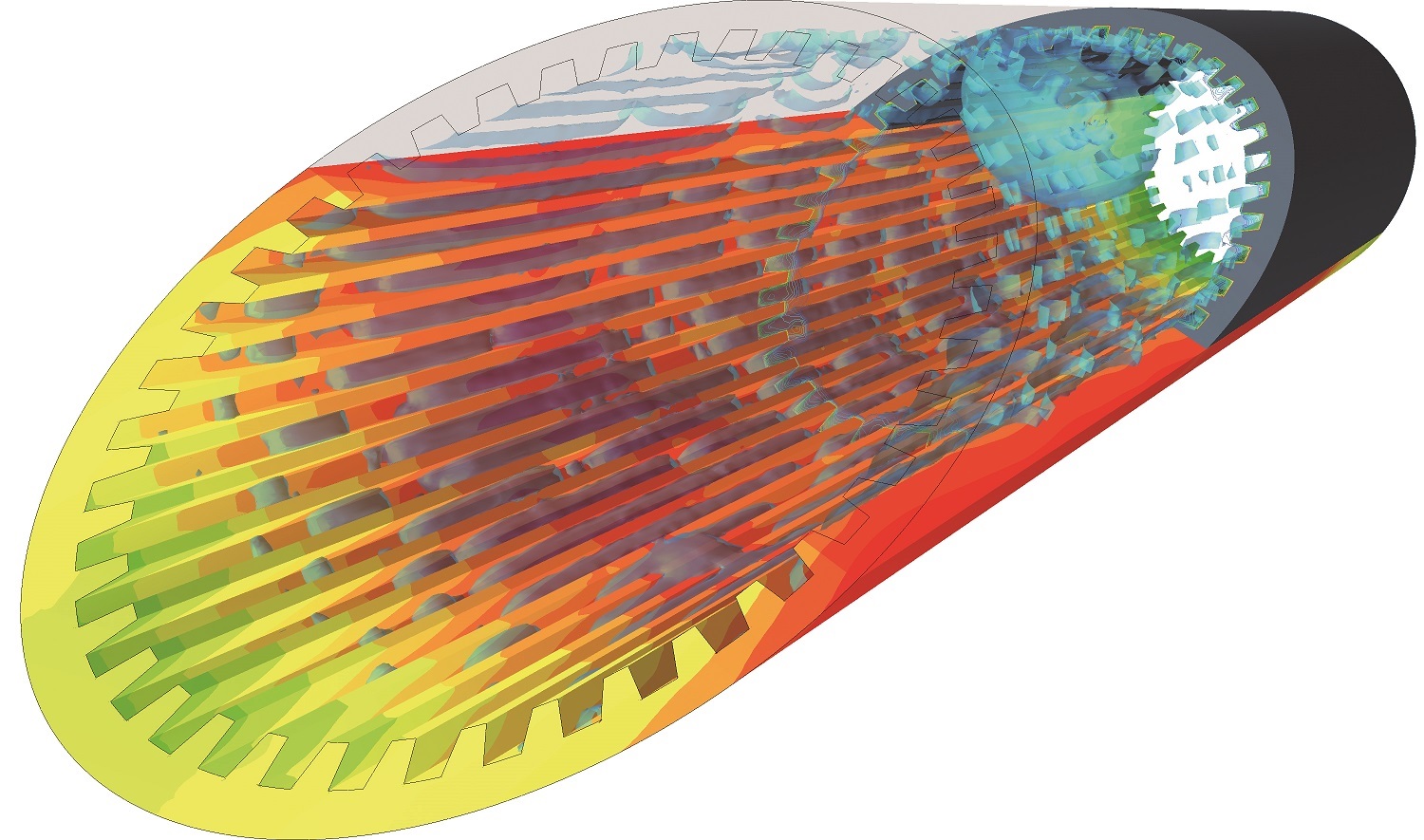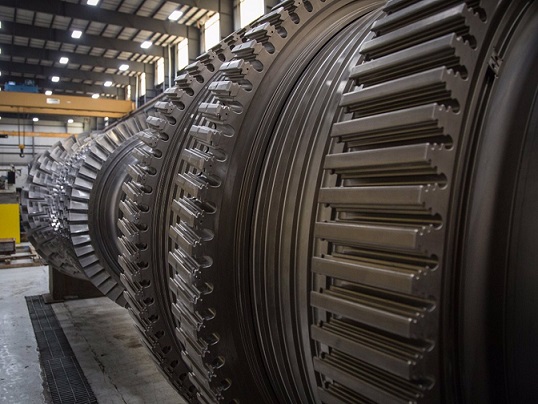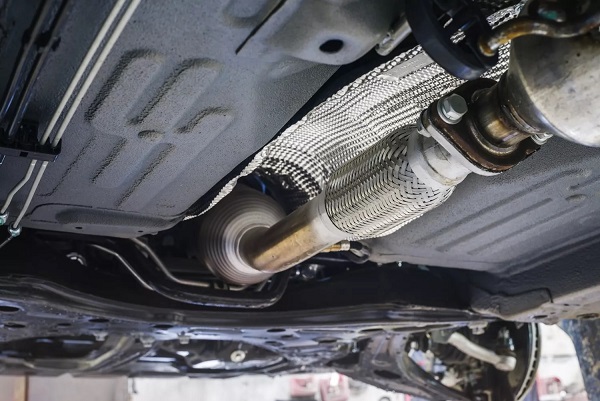Hydroplaning, also known as aquaplaning, can be a serious safety hazard for drivers, as it can cause a loss of control of the vehicle. To prevent hydroplaning, it is important to understand the factors that contribute to its occurrence.
CFD simulations can be used to model the interaction between the tire and the water on the road surface. This enables engineers to analyze the effects of various factors, such as vehicle velocity, water depth, vehicle load, tire pressure, and tread pattern depth and design on the occurrence of hydroplaning.
By analyzing these factors, engineers can optimize the design of tire tread patterns to improve their ability to remove water from the road surface and prevent hydroplaning. They can also identify potential solutions to reduce the risk of hydroplaning, such as improving road drainage or reducing vehicle speeds in wet conditions.
Hydroplaning simulations can also be used to analyze the effects of different driving conditions, such as cornering or braking, on the occurrence of hydroplaning. This enables our engineers to identify potential safety risks and develop strategies to mitigate these risks.
By utilizing Hydroplaning simulations, our engineers can improve the safety of vehicles in wet driving conditions, reducing the risk of accidents and improving overall driving safety.


